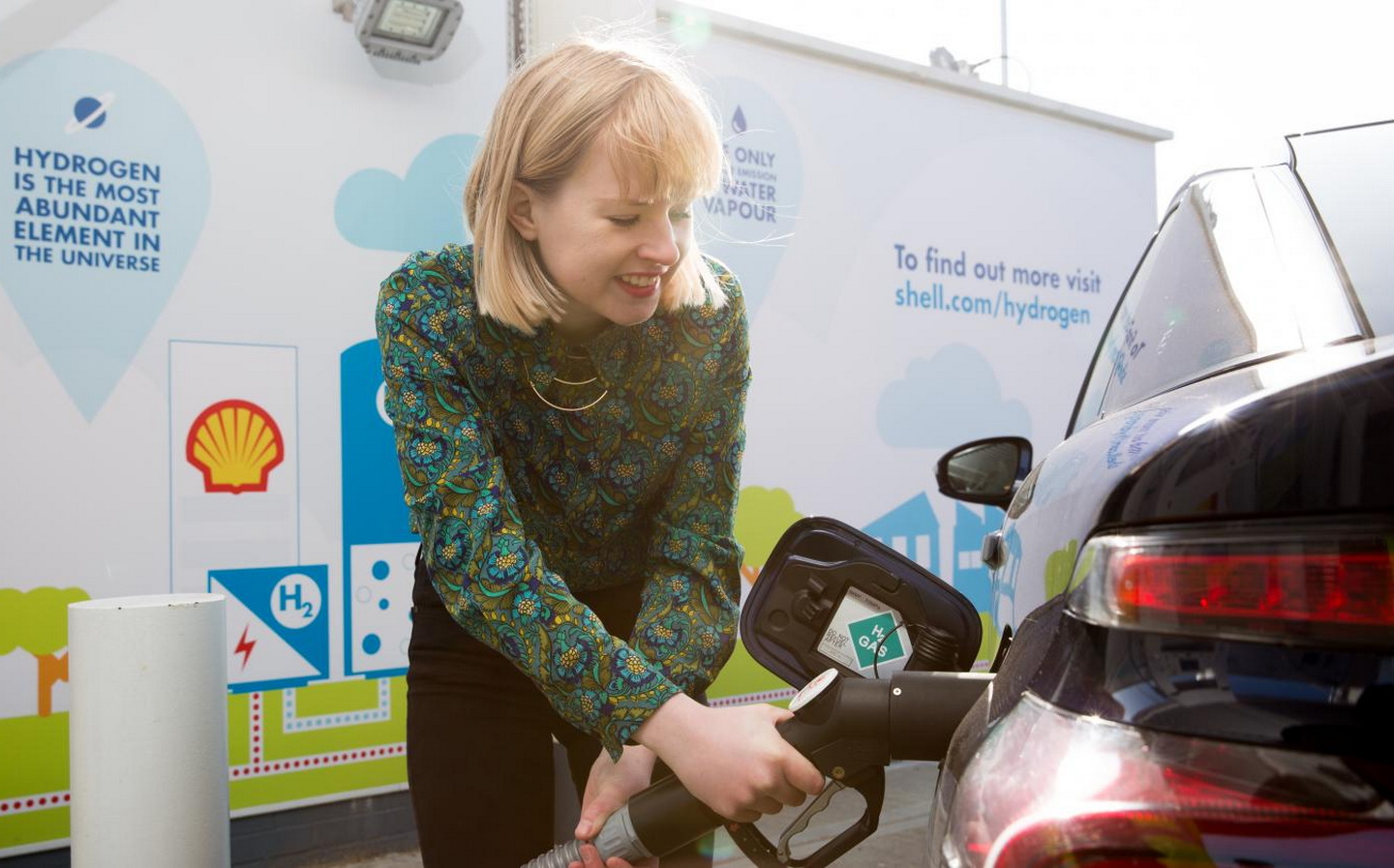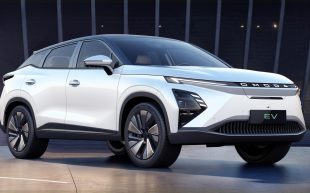Shell shuts hydrogen filling stations amid low demand from motorists
What is James May to do?
Petroleum giant Shell has announced the closure of all three of its hydrogen refuelling facilities in Britain amid low demand from motorists.
The company confirmed that it has shut its hydrogen facilities at Cobham, Gatwick and Beaconsfield outside London claiming that the technology had “reached its end of life” and had been the “first generation of prototype sites”.
According to Shell’s partner in the enterprise, Motive, a subsidiary of the UK electrolyser manufacturer ITM Power, the sites were “not performing satisfactorily” and were too small to accommodate larger vehicles such as lorries, which may have sustained the sites going into the future.
Motive, which also closed another hydrogen refuelling station in Swindon earlier this year, said it had invested more than £2m per year to “sustain its small stations but has decided that it is not sustainable to continue to make this investment”.
Shell’s sites were opened between 2017 and 2019 to much fanfare with plans to open more stations throughout the UK by 2021.
No demand from the public
The demand for the stations, however, simply did not to materialise, with hydrogen fuel-cell cars failing to catch on with the public, a fact affected in part by the continued rise of the battery-electric car, improvements in public EV charging infrastructure, a lack of choice when it comes to fuel-cell cars and their relative expense compared to either petrol- and diesel-powered cars and battery-electric vehicles.
To date, only two models of hydrogen fuel-cell car have been sold to the public in the UK — the Hyundai Nexo and Toyota Mirai. Neither model, according to the latest figures, has sold more than 300 units, despite enthusiasm from James May, co-presenter of Amazon Prime Video’s The Grand Tour TV series and occasional contributor to The Sunday Times Magazine. May has owned two different generations of Mirai.
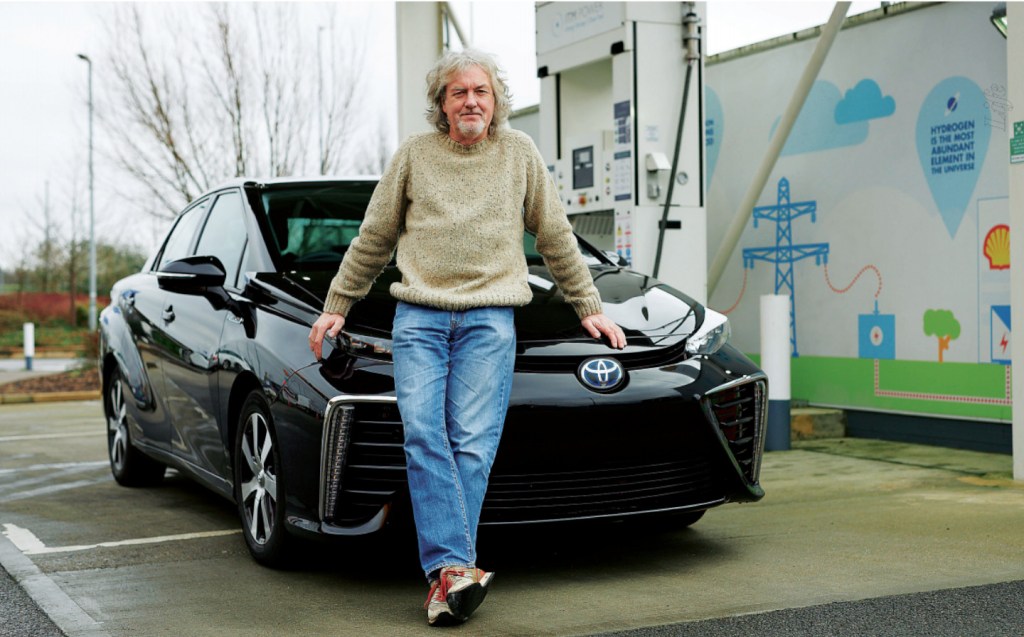
Pricing for the Nexo starts from just under £70,000 versus £56,000 for the highest-spec version of the battery-electric Ioniq 5 or just under £50,000 for the top-of-the-range plug-in hybrid Santa Fe SUV.
Due to the unit costs of hydrogen, filling a tank with the gas can cost as much as filling a tank of petrol.
Hyundai: Plug-in electric cars are ‘quick fix’ but hydrogen must be part of future
With pricing starting from around £50,000 for the Mirai saloon, the model is almost competitive with some of Toyota’s larger higher-end offerings such as the Camry (which is no longer on sale), Highlander and Land Cruiser, but demand for hydrogen fuel-cell vehicles such as the Mirai has not been helped by the lack of refuelling infrastructure that limits their use to within range of the small number of hydrogen stations throughout the UK.
Only 11 hydrogen stations now in the UK
Shell’s announcement of the closure of its hydrogen refuelling outlets brings to 11 the number of such stations currently in operation in Britain. That’s in contrast to the more than 57,000 public electric vehicle charging outlets at around 20,000 locations throughout the UK, plus the millions of slower electrical outlets at homes and workplaces; approximately 85% of electric vehicle owners in the UK charge their cars at home.
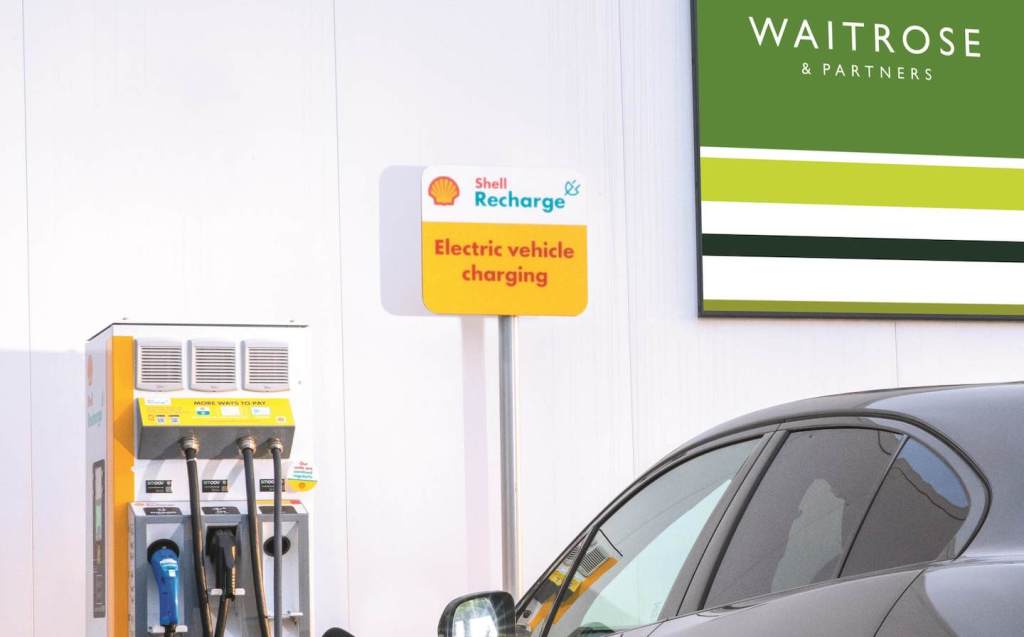
Even Shell itself is throwing its lot in with electric charging infrastructure: the firm aims to have installed 100,000 public electric vehicle charging points in Britain by 2030, including 11,000 rapid chargers at sites including its service stations. Shell now owns the lamppost charging firm Ubitricity, which provides a popular solution for residents in London who park on streets.
As reported in Hydrogen Insight, the publication that broke the story about Shell axing its hydrogen refuelling stations, experts predict little future for hydrogen-powered passenger cars due to the continued focus on and investment by governments and car manufacturers in battery-electric automotive technology.
According to a recent report by the Norwegian risk management firm DNV, by 2050 just 0.01% of passenger cars around the world will run on hydrogen.
“Fuel-cell electric vehicle (FCEV) propulsion is much less efficient, more complicated, and thus more costly than that of battery electric vehicles,” the report said.
“For these reasons, major vehicle manufacturers are focusing almost exclusively on BEV models for passenger transport, which will lead to a global share of 85% of new car sales in 2050, versus only 0.01% FCEVs.”
Hydrogen set for use in heavy-duty vehicles
Neither Shell nor Motive have written off hydrogen yet, with both firms saying that they see the future of the fuel as being for use in heavy-duty vehicles such as lorries and buses.
Refuelling a hydrogen-powered vehicle takes little longer than refilling a tank of diesel, making hydrogen suitable for zero-emissions vehicles where the downtime required for plug-in EV charging isn’t possible.
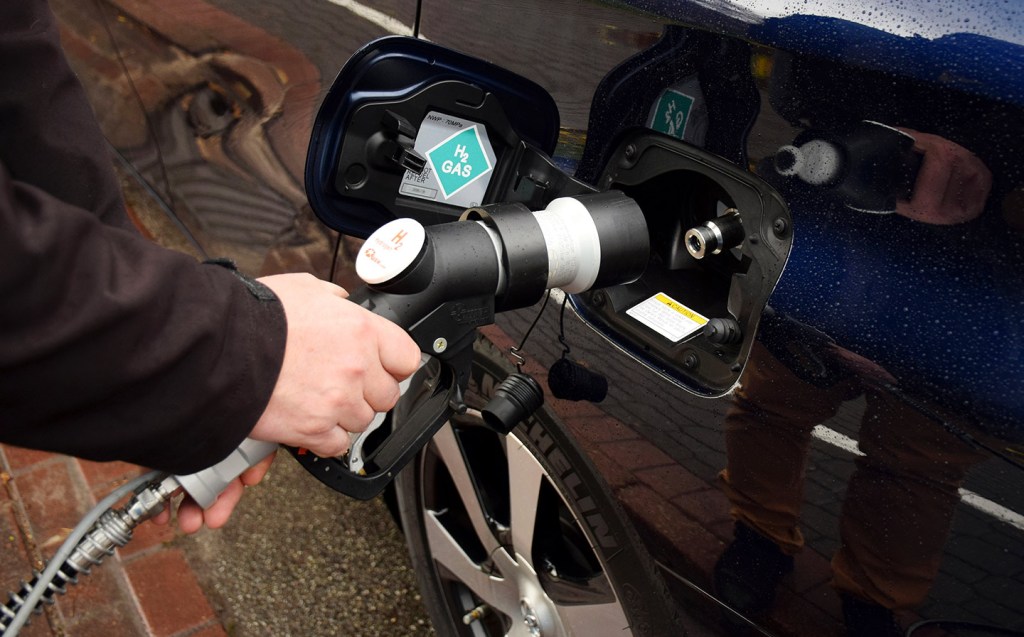
Shell said its focus was “to see where there are opportunities to build multi-modal hubs for heavy-duty trucks”, following a model it is using in California. It is a member of a consortium working to encourage the mass deployment of hydrogen lorries in Europe.
At present, the majority of hydrogen used around the world for industrial and transport applications is made as a by-product of natural gas production, a sector in which Shell is also a major player.
Related articles
- After reading about Shell’s closure of its hydrogen filling stations, you may be interested in the NamX HUV with removable hydrogen capsules — the solution to hydrogen refuelling issues?
- Did you know the new Extreme H series is a hydrogen off-road racing championship devised by the Extreme E BEV founders?
- And check out what James May had to say about the battery vs hydrogen electric car debate
Latest articles
- Omoda 5 prototype review: Bargain family SUV is solid first effort for new Chinese brand
- Dacia Duster 2024 review: Rugged, affordable SUV modernised with electrification and quite the glow up
- Audi A3 Sportback 2024 review: Softly, softly, catchy premium hatchback buyer
- New electric-only Mini Aceman fills gap between Mini Cooper hatch and Countryman SUV
- Tesla driver arrested on homicide charges after killing motorcyclist while using Autopilot
- Porsche Macan 2024 review: Sporty compact SUV goes electric, but is it still the class leader for handling?
- F1 2024 calendar and race reports: What time the next grand prix starts and what happened in the previous rounds
- Aston Martin DBX SUV gets the interior — and touchscreen — it always deserved
- Nissan unveils bold look for updated Qashqai, still made in UK


